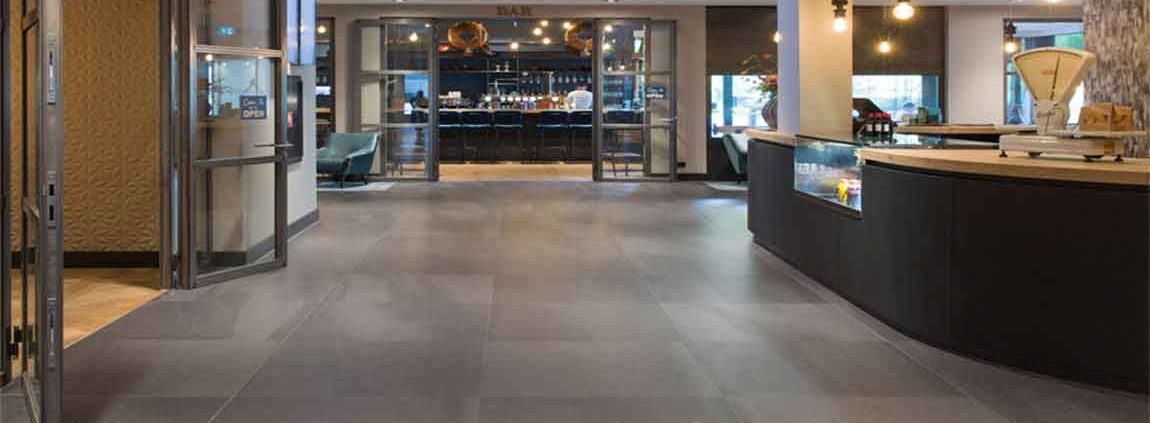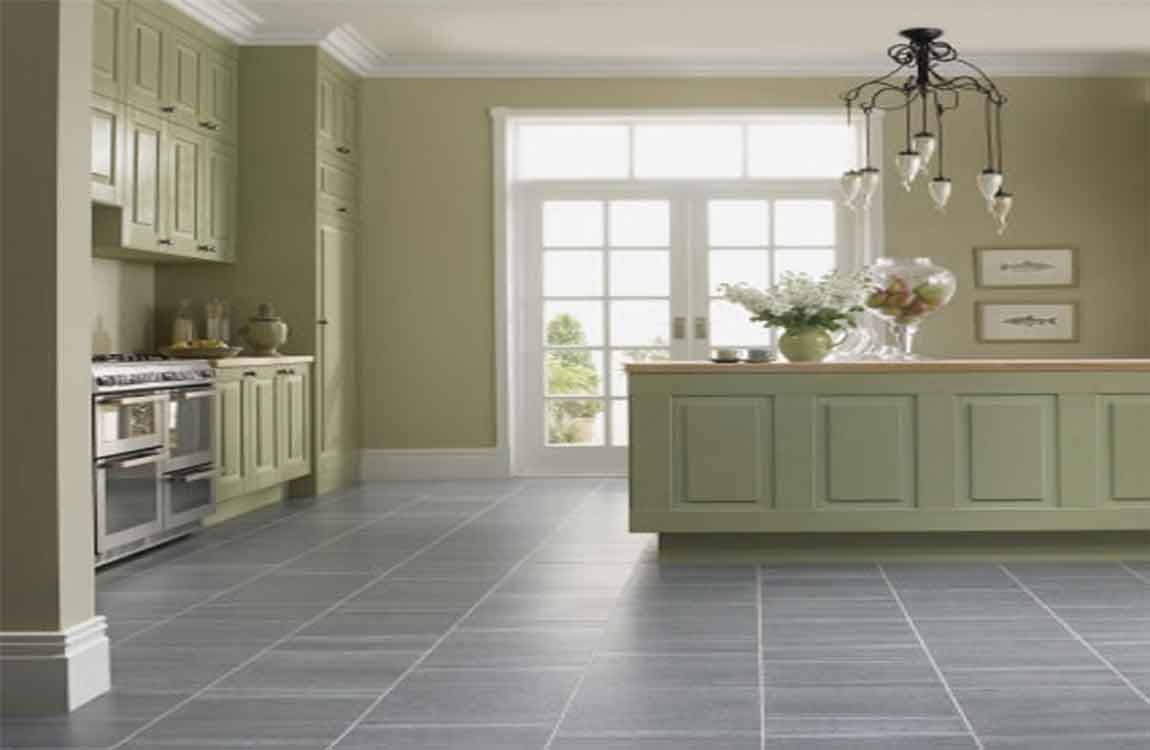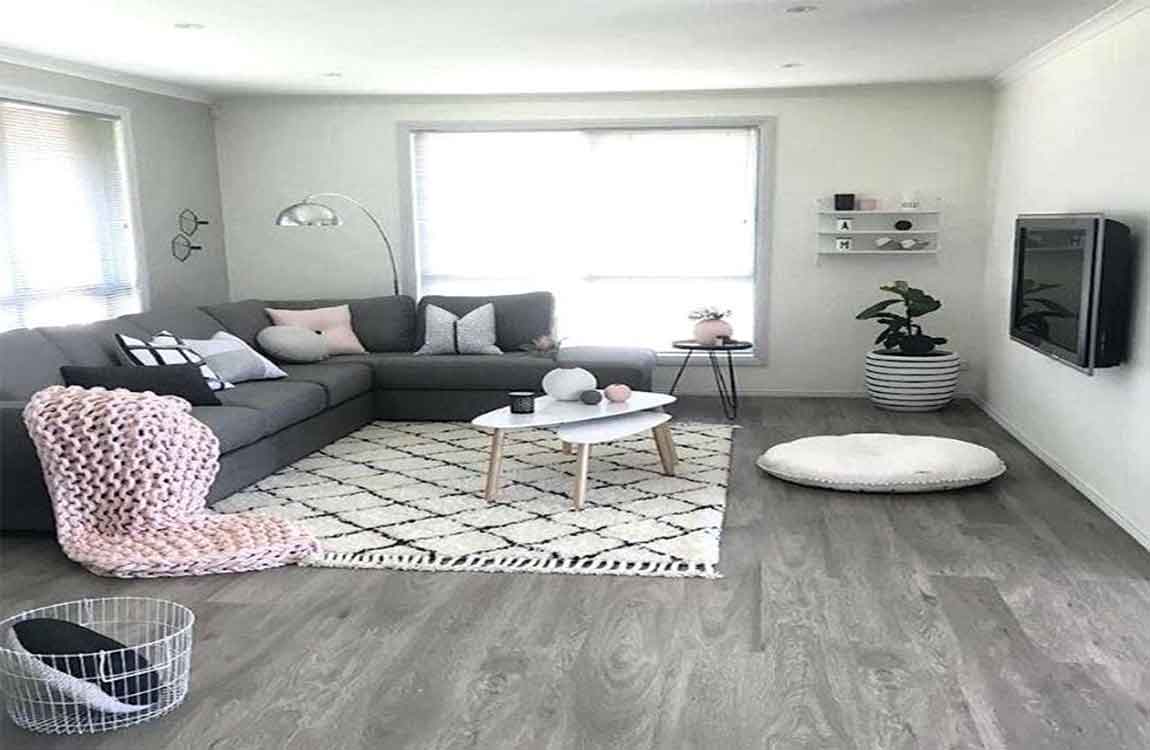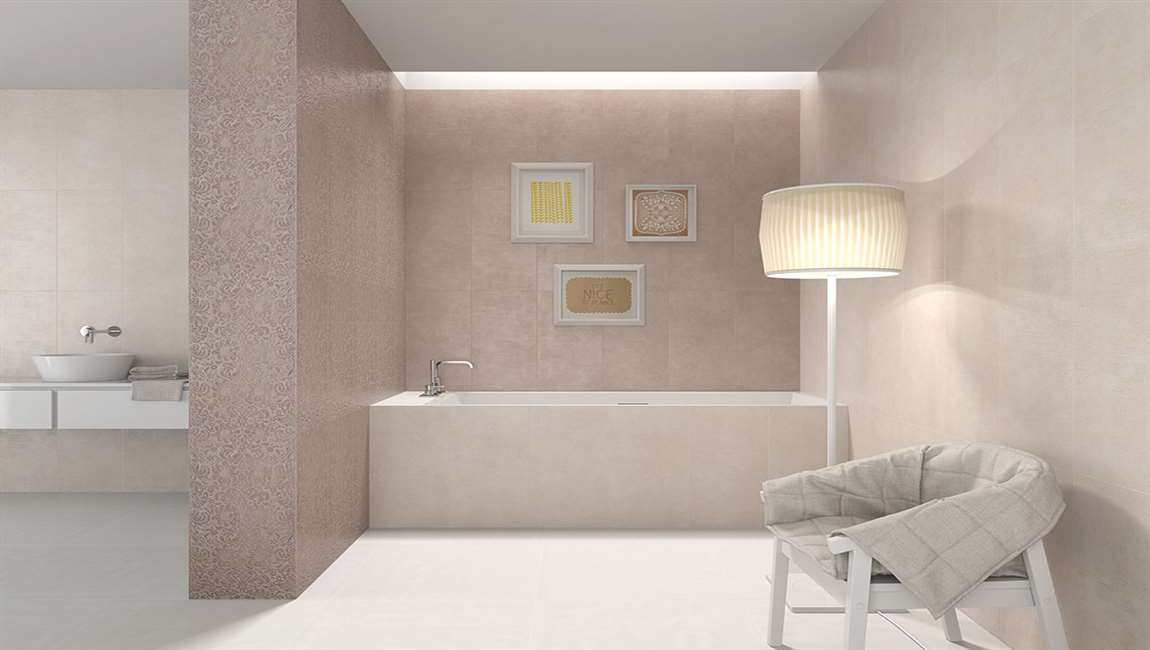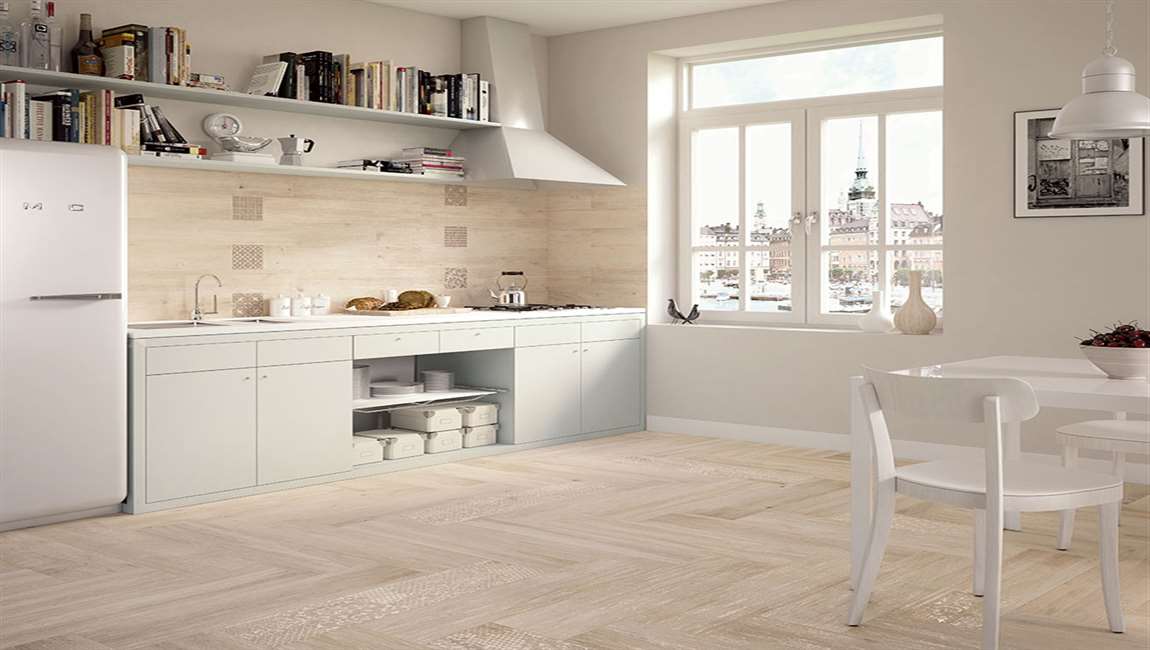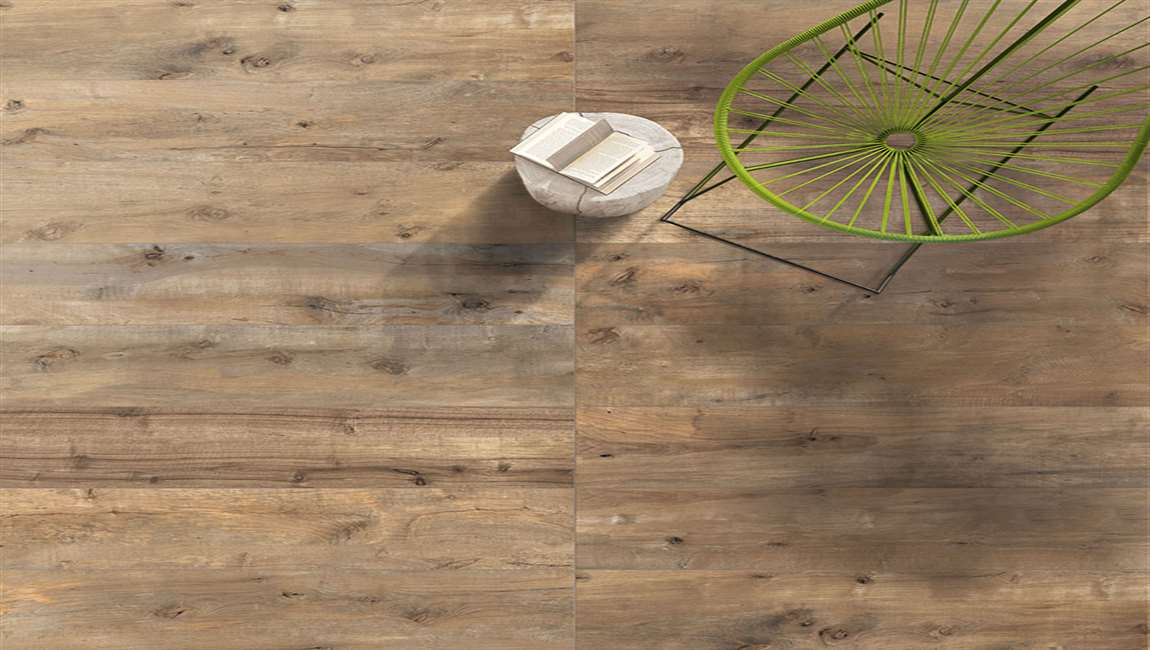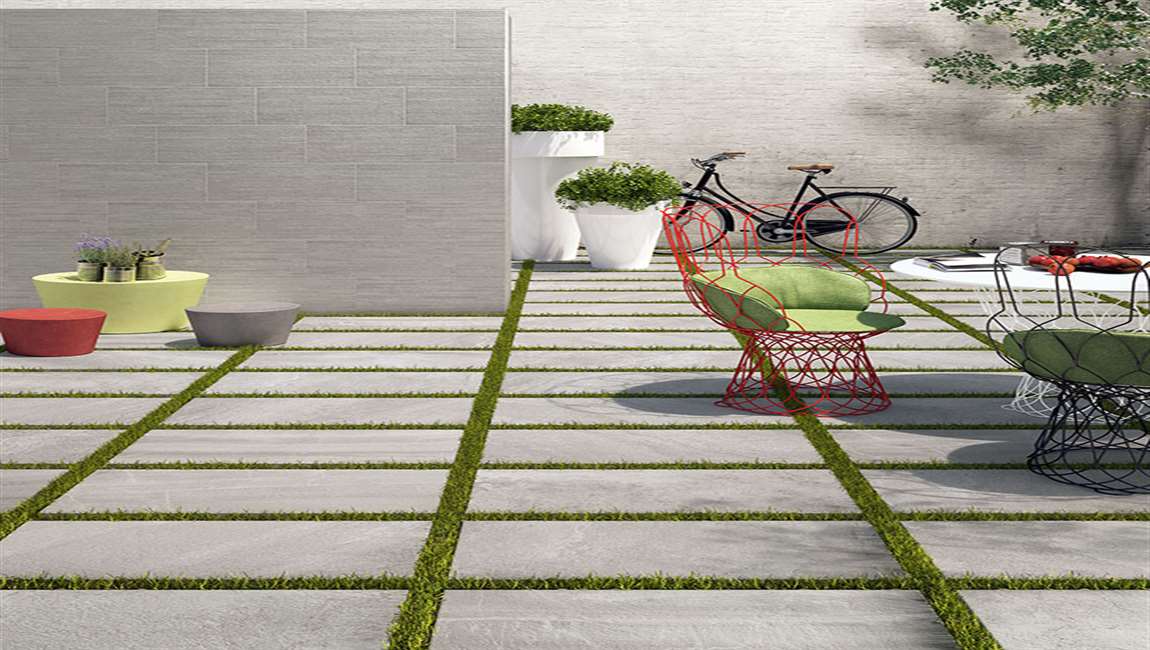How to Repair Cracks in Wood Floors?
Get some sawdust from the floor you want to repair. If you don’t have any leftover pieces of matching wood laying around your house, you’ll have to go to a flooring store and buy a piece of wood to match. (same species and stain if possible).
If you can’t find any wood to match, you’ll have to “cannibalize” a piece of the existing floor. Pull up the baseboard and pry up a strip from the edge of the floor, or alternatively, remove a piece from under a doorway. Sand the side of the wood nearest the wall where it will be hidden under the baseboard once it’s re-laid, or at the edge of the strip under the door where it’s hidden by the door jamb.
Using a belt sander, sand off a cup or two of wood from the piece of wood into a container (or however much you think you’ll need to fill the cracks). Mix the sawdust with some wood glue to make a fairly thick paste. Using a plastic trowel (or a plastic spatula), lay the sawdust/glue mixture into the cracks. Try to finish off as smooth as possible.
Wipe the patch and adjacent flooring with a damp rag to wipe off any excess. Wipe on a diagonal to avoid pulling filler out of the patch. Let the filler dry for a day or two. Hiring a flooring specialist to work on your home involves a certain amount of trust. Go online to read reviews of contractors in your area or ask a friend or loved one for a personal recommendation to find one that meets your standards.
Sand lightly. If there’s a huge color difference between the patch and the rest of the floor, you might need to re-stain the patch.Using a very small artist’s brush, stain the patch. Allow to dry for a minute and wipe off. Let the stain set overnight and using another small artist’s brush, cover the patch with a coat of varnish to match the existing floor.

